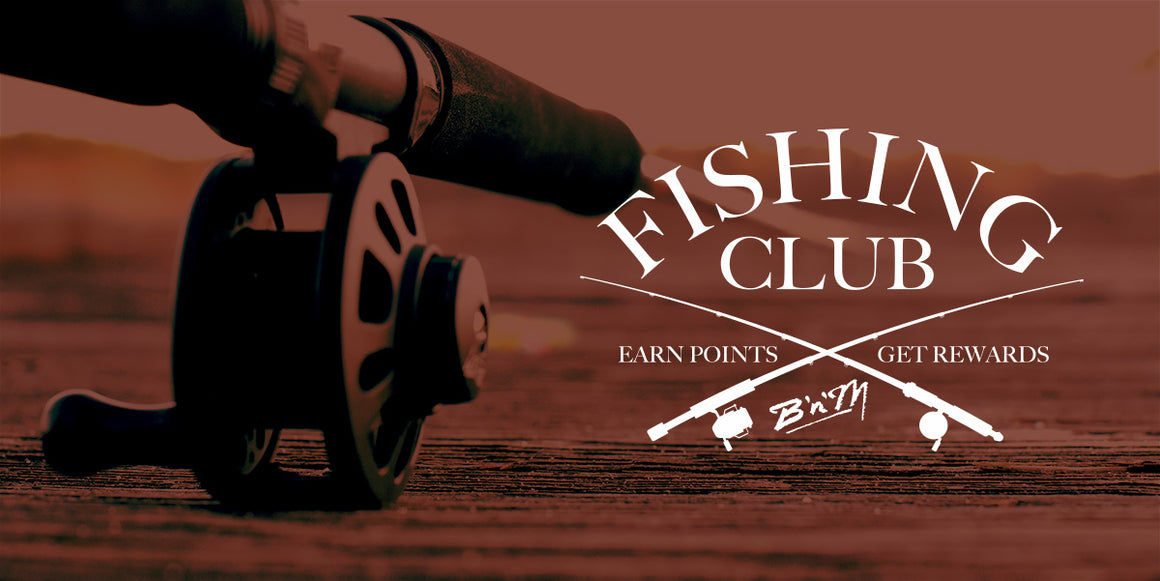Reverse Thinking For Early Winter Crappie
With the onset of winter, crappie anglers need to adjust their thinking in order to find large concentrations of fish as water temperatures cool down for the year. In order to successfully accomplish this, it helps to think of spring patterns in reverse.
Crappie feed heavily throughout the winter, though they may not feed as much or as often as they would in warmer water temperatures.
“Crappie are not going to chase a bait after the water starts to turn off cold,” said B’n’M pro-staffer Brad Whitehead. “In the springtime they might move 5 – 6 even 10 feet to ambush a lure, but when it gets cold you’re need to be more specific in your bait presentations. Many times they won’t move more than the length of their body to eat.”
In order to find fish that can be pinpointed with such precision, winter crappie anglers need to concentrate on very specific areas. Most of the time this means a vertical presentation in an area that is densely packed with both fish and structure. This structure can be either natural or manmade, but it also needs to be in an area with sufficient water depth and forage for crappie to be comfortable.
Brush piles, stake beds, and rip-rap top the list of man-made structure for Tennessee-based angler Kent Driscoll. Winter is a time to take advantage of these areas and look for big schools of fish using your electronics.
“I’ll have several areas that I can run and graph when I’m looking for fish,” said Driscoll. “The good thing is if you’re just out fun fishing and looking for a good mess of slabs, you’ll only need to find one or maybe two places and you can easily fill a limit. If you’re fishing a winter tournament, you’ll want to find more spots because tournament winning sized fish are going to be sparser, but good pound and a half to pound and ¾ fish usually pack tight together in the winter.”
Finding fish on natural cover means reversing course and looking at the same or deeper water areas that pre-spawn crappie use a month or two before spawning.
“Back down the creek channel, where the major creeks come into the main lake,” said Driscoll. “Again you’ll need to rely on your electronics, but cover both sides of the channel. When you find those fish, it’s not in just one, two, or a handful of fish. Usually you’ll find 50 – 100 fish grouped in one spot.”
Two schools of thought prevail when it comes to how to catch those deeper water winter crappie. Tight lining vertically to the fish is the first school and the second is single pole jigging or bottom bouncing.
“When fish are deeper, my favorite method is to use a two hook rig on a single pole,” said B’n’M pro-staffer Kyle Schoenherr, a veteran crappie guide on Kinkaid Lake in Illinois. “I use a weight on the bottom of the rig, usually a ½ ounce, with two droppers above the weight. A lot of times these fish might start out right on the bottom and I can bump along the structure with the weight and know the bait, usually a live minnow or maybe a jig with a minnow attached, is going to be right at eye level with the fish.”
Schoenherr said his rod of choice for bottom bouncing is either a Sam Heaton SS with Bottom Seat & Touch System rod or the Buck's Best Ultra-Lite with Bottom Seat and Touch System rod. He couples that with braided line and said the sensitivity is off the chart. That increased sensitivity allows him to detect more bites when crappie are known to barely inhale a bait.
The other method is the tried and true tight line trolling method made famous by B’n’M pro-staffers Ronnie Capps and Steve Coleman. The duo’s best success with this tactic comes from crawling through heavy structure during pre-spawn and spawning patterns. Ronnie Capps said the same mentality prevails in deeper water.
“Unlike the spring, you can’t see what you’re fishing with your eyes,” he said. You rely on your electronics and you have to practice pinpoint boat control. When you get on the fish dug down in that structure, you need to keep those baits right in there with them and watch for just the slightest bump.”
Capps said the Buck’s Graphite Jig Pole is their choice for wintertime tight line trolling. He prefers lengths of 14 to 16 feet to get a good spread of baits around the boat as well as the sensitivity of these rods.
Ramp up your winter fishing with B’n’M. We offer the best in rods and tackle to fit your every fishing need. Check out our catalog online at bnmpoles.com or like us on Facebook at B’n’M Poles.Also in Weekly Tips and Techniques

Dean McCoy’s Monster Lake Havasu Shellcracker

Finessing Pre-spawn Crappie with Kent Driscoll


